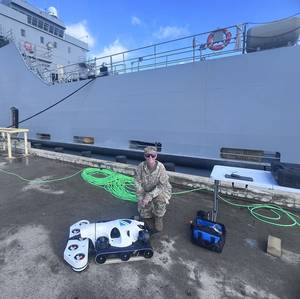
Sticking to legacy tactics won't beat China — adopt Secretary Hegseth's and the Army initiatives or surrender the edge.In a recent address, Admiral Christopher Grady, Vice Chairman of the Joint Chiefs of Staff, underscored the urgent need for a robotic hull-cleaning system to enable anytime maintenance, reduce drag, boost speed, and minimize fuel consumption for naval vessels.
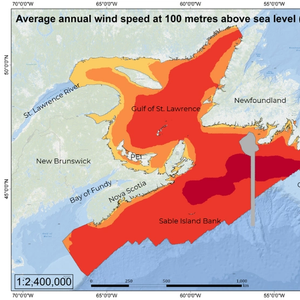
Sean Fraser, Canada’s Minister responsible for the Atlantic Canada Opportunities Agency, has announced that strategic direction has been given to the Canada–Nova Scotia Offshore Energy Regulator as a next step toward realizing Canada’s first-ever offshore wind project.Fraser made the announcement on behalf of Tim Hodgson, Canada’s Minister of Energy and Natural Resources
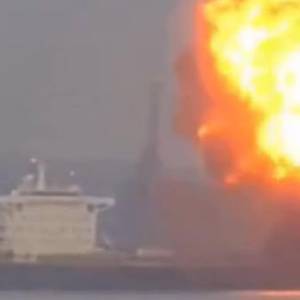
The US Coast Guard and local partners are responding to an explosion aboard the 751-foot Liberia-flagged bulk carrier W-Sapphire in Baltimore Harbor.Responders from Coast Guard Sector Maryland - National Capital Region were dispatched to the area to assist. No injuries have been reported, and the cause of the explosion is under investigation.
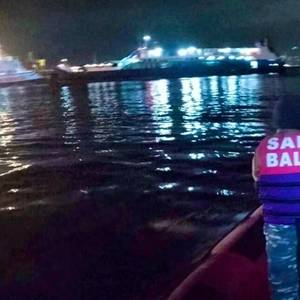
Four people died, 30 were missing and 31 survived after a ferry carrying 65 people sank near the Indonesian island of Bali, the country's Search and Rescue agency said on Thursday, as rescuers raced to find victims in the rough sea.The KMP Tunu Pratama Jaya sank almost half an hour after leaving East Java province's Banyuwangi port on its way to Bali late on Wednesday, the agency said on Thursday.
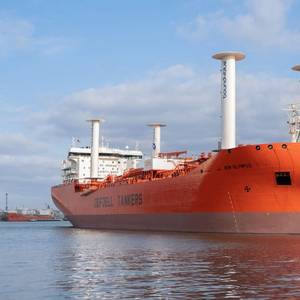
Norwegian shipowners agree: the obsession with new fuels is eliding a valuable discussion of the potential of fuel efficiency. The Aurora-class has enabled Höegh Autoliners to reduce emissions by around 58% per car carried, “before we even use low carbon fuels,” CEO Andreas Enger said.
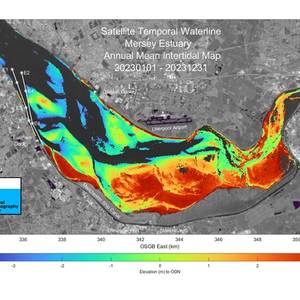
Scientists at the UK’s National Oceanography Centre (NOC) in Liverpool have used satellite data to create insight into the Mersey River that will help port operators be smarter about managing complex navigation channels. Through a project focused on Liverpool’s famous river and funded by the UK Space Agency
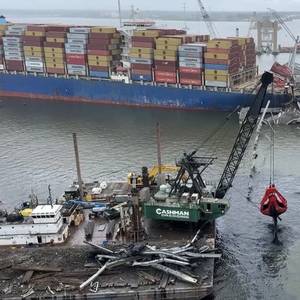
We are at the one-year since the Francis Scott Key (FSK) Bridge collapsed over the Patapsco River’s Fort McHenry Channel in Baltimore, Maryland. Nearly 100 percent of the wreckage and debris removal was conducted by the Jones Act private sector U.S. maritime industry. The FSK collapsed at about 1:28 a.m.
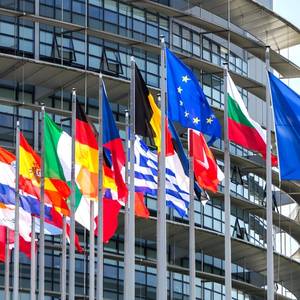
The European Commission has presented its Clean Industrial Deal which aims to accelerate decarbonization while securing the future of manufacturing in Europe.President Ursula von der Leyen said: “Europe is not only a continent of industrial innovation, but also a continent of industrial production.
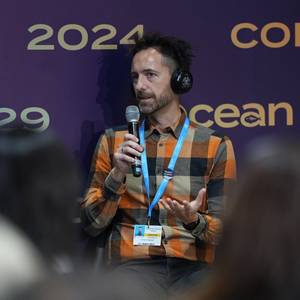
Sourcing and maintaining marine coatings systems are arguably a shipowner’s most critical means to ensure a long and productive lifecycle for ships, boats and offshore rigs. At the same time, coatings have become a central part of the ship efficiency, decarbonization discussion. Christer Øpstad, Global R&D Director Fouling Protection, Jotun
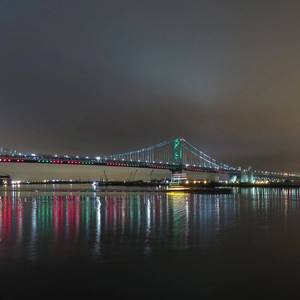
The U.S. Coast Guard is responding to the grounding of the 623-foot bulk carrier Algoma Verity approximately a mile north of the Benjamin Franklin Bridge in the Delaware River.At 6:30 p.m., Wednesday, Coast Guard Sector Delaware Bay watchstanders received a report from the pilot aboard the Algoma Verity stating the vessel had run aground. No injuries or pollution have been reported.
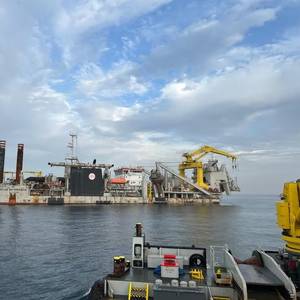
The arrival of the dredger Willem Van Rubroeck in Ndayane has marked the start of maritime works for the $1.2 billion Port of Ndayane, a project led by Dubai-owned ports and logistics firm DP World, which aims to transform Senegal into a major center for global trade.The vessel will dredge a 5 km-long shipping channel - an essential step in building this high-capacity port designed to elevate
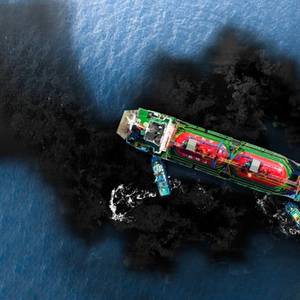
Spilled oil has washed up along "tens of kilometres" of the Russian Black Sea coast after two tankers were badly damaged in a storm at the weekend, a regional official said on Tuesday, and state media said a third vessel was now in trouble.TASS news agency said the third ship, also a tanker, had issued a distress signal off the port of Kavkaz, but its hull was still intact